Investigator's Inquiry: Why are people making the switch to CUVs?
Time and time and time again. I see people (mostly enthusiasts) complaining about the rising empire that is the CUV kingdom.
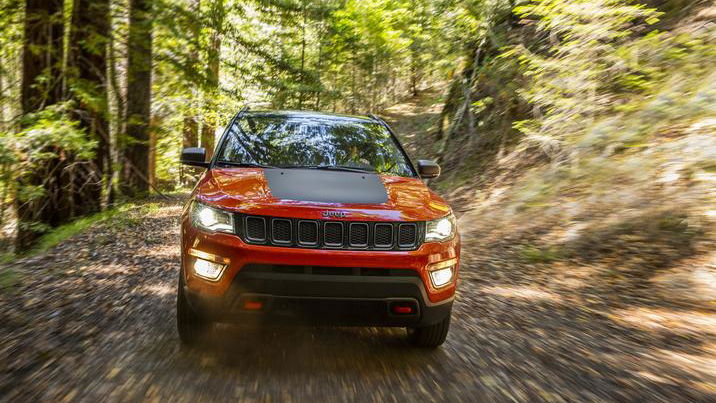
Time and time and time again. I see people (mostly enthusiasts) complaining about the rising empire that is the CUV kingdom. Storming villages, homeland and even other castles that were once ruled over by the once huge and always growing market that was Sedans, no one looked; no one batted a single eyelash in the direction of the CUVs. Our ignorance to their frontal attack is what led to our demise. CUVs are constantly growing and at an unprecedented rate. Taking over the land and sales that were once enjoyed by the Sedans; where did it all go so wrong? When did we let our needs craft the perfect storm? A storm we as the consumers caused.
Self-reflection: Glory Once Held.

Long before CUVs became the wildly popular sensation they’ve become today, Sedans ruled the automotive landscape. Offering performance, efficiency, practicality, looks and other important factors that were hard to match for the price and for the size; SUVs were good but they typically had bad mileage, weren’t as easy to park in city scenarios and didn’t drive as nicely as Sedans did. While they did pack more power, the weight problem instantly shattered any dreams of getting a big jump over their smaller counterparts.
Sedans just made sense. Although, more mid-western parts of America did have a greater need for the 4x4 ability SUVs brought along than western and eastern parts of the US of A. This aside, Sedans (and also Minivans) were the choice for families. As they were easy to afford, easy to run, easy to drive and gave them what they needed. A vehicle for transporting stuff without going completely overboard. A vehicle that was good but uncompromising, giving what they needed in personal transportation and nothing more.
Sedans were simple yet brilliant. Not remarkable but without them, we’d be who knows where today. With that being said, Europe tended to prefer the just as small but even more practical hatchback. SUVs didn’t really have any real advantages to sway the sales their way. They had four-wheel-drive, a higher driving position and were more capable in more challenging driving positions but most didn’t want to give up the fuel-efficiency that Sedans so boastfully offered. SUVs were popular in their own right sure, but Sedans had built an empire. One no one thought could ever topple. So where did it go so wrong? Where did the Sedan Royal Army lose its footing and fall into the abyss of lesser sales than gasp higher riding vehicles? To figure out where CUVs come from, let’s start with this.
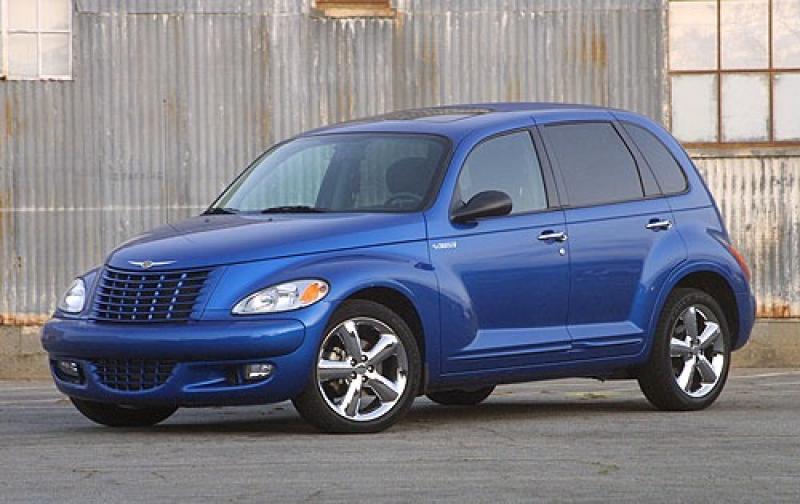
Listen. I don’t care how much you may hate this car, save all your boos and hissing until the end of the article. Because what I’m about to say is far too important to miss.
The Chrysler PT Cruiser was ahead of its time. “WHAAAAAAAAAAAAAT!?” I hear you screaming with more agony than me stubbing my bad toe on a sharp corner in the walls of my home. Seriously though, think about it. It was roughly the same size as a normal car, has a high seating position, is easy to get in and out of, is pretty practical with the huge tailgate and gets decent mileage. This can easily be considered one of the first cars of the modern era to be what modern CUVs are today. Sure, other cars handled more spiritedly than the Cruiser and were probably more fun to drive. However, the Cruiser lofts around like an old sofa you haven’t seen in awhile. It’s not remarkable, but somehow familiar and comforting. Most modern CUVs have a lot more going for them but the Cruiser was; at best, a sign. At worst - a laughing stock lumped in with the likes of the Pontiac Aztek as one of the ugliest vehicles ever created.
Sedans did handle better than bigger vehicles. Sedans had better fuel economy than bigger vehicles and were a screaming value all the same. But this didn’t stop automakers from breaking the mold and testing the waters, trying to see what was up.
Cue the Dodge Caliber and Chevrolet HHR.
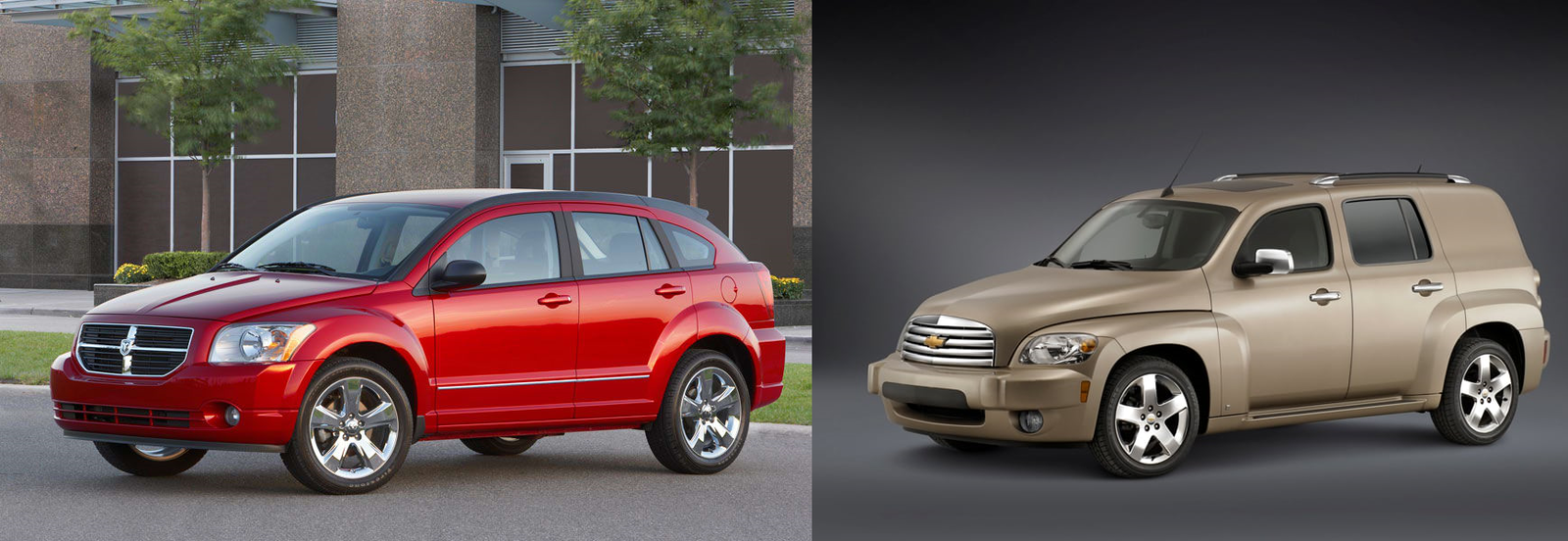
The idea behind the HHR was to take away the people who were buying the PT Cruiser with a similarly retro style vehicle. In fact, the HHR is Chevrolet’s modern interpretation of the ‘49 Suburban from their heritage. Clearly, it didn’t seem to end so well (subjectively of course). While laughed at today, the PT Cruiser was actually really impressive in its early stages. Much the same can even be said for the HHR, with similar perks (those being interior space, comfort and versatility) the HHR was also pretty good value for money. The HHR is laughed at and mocked today. Yet it wasn’t as completely hopeless as some might have you believe. The Caliber on the other hand… Well….
It was, unfortunately, unpowered. The 2.4 liter World Engine (which would later become the much updated TigerShark 2.4) was said to be the best engine in the range. It too had a pretty clever interior though, sporting flip-down speakers from the tailgate (a feature I gawked at as a kid) and a mini-fridge in the glove box (a feature I adored as a kid). When I say “mini-fridge” what I really mean is the air conditioning is redirecting some of the air into a little vent in the glove box, effectively chilling any drinks stored there. It was still a feature I found immensely cool though (pun absolutely intended). During the Caliber’s early years, DaimlerChrysler cost cutting took effect. The interior was made of insanely cheap plastics and simply didn’t feel as nice as it should. While the 2011 refresh greatly improved the interior the damage had already been done.
And before any of you say “Chrysler was the worst thing to happen to Daimler” I must tell you that it was, truthfully, the other way around. Don’t believe me because “Mercedes can do no wrong?” Well, think again. After finishing this article I urge you to read the three articles down below and learn the truth of the DaimlerChrysler merger.
Skip to “Mercedes and the CTC” to learn the truth. This, of course, isn’t to say Chrysler didn’t have its fumbles. It’d be ridiculous for me to say so. However, to think Daimler didn’t do a thing to scratch Chrysler is completely ignorant. Always Look For The Truth. Mini-rant aside…..
The Dodge Caliber sold decently during its early years. Peaking in 2008 at 101,079 vehicles sold. Unfortunately, that’s the highest number achieved by the Caliber. This car was probably one of the closer descendants of the current CUV onslaught. It’s small yet pretty practical, has a high ride height (in comparison to sedans) but isn’t a lifted FJ Cruiser and makes the case for a tall but small vehicle.
Comparatively, the first generation Neon peaked in sales in 1996 selling a good 139,931 vehicles.
“So why didn’t these cars stick around then?” Simple, they didn’t offer any real benefits over a Sedan. Yeah, they had a higher seating position. So what? If I wanted that I’d just get an SUV. They’re more practical than a normal car. Yeah? I’ll get a Wagon or a Hatchback if I’m looking for practicality. Don’t even talk to me about the looks department either (even though I like the way the Caliber looks and don’t have any real issues with the PT Cruiser). Headroom? My Sedan has good headroom thank you very much.
These were benefits sure, but they weren’t relevant enough at the time to make anyone really consider them over a comparable compact or midsize. Even then, the MPG numbers alone were enough to give people pause. While not bad, they just weren’t the numbers people were hoping for. Adding to this, Sedans and Hatchbacks could achieve similar and better numbers without really making the buyer sacrifice all that much. So when did that all change?
Modern Pain: Life as We Know It.
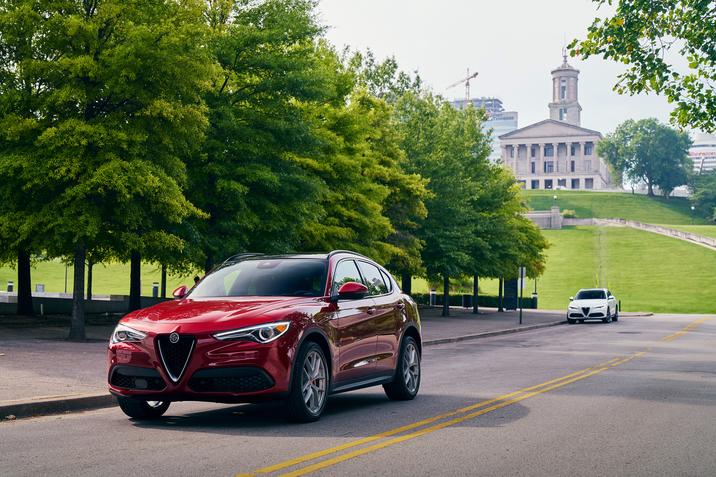
It isn’t just headroom though. Ride quality has also gotten a good deal harsher in modern sedans than they used to be. Why is that? Simple, people want better handling cars. One of the ways you achieve this is through better (stiffer) suspension.
Prime example: Last year, during a Trip to the East Coast we got a Chrysler 300C (V6) as a rental car. During that trip, I came to find that while the seats were very comfortable. The suspension was also (normally) very nice too, typically feeling like you were just gliding over the road.
However, on some of the bumpier roads, the suspension did make the car jiggle around a little bit. The car handled exceptionally well for a 2-ton car, but the price for that a slightly stiffer suspension than expected (in rough road situations). Compared to the VW Tiguan we just got and the suspension feels a fair bit softer, handling is just as good but not as stiff. Don’t think it’s because Colorado has better roads either, we’ve been in some fairly bumpy roads in the Tiguan and it soaked them up just fine.
We, as the consumers cause that stiffer suspension in normal cars though. We want better handling and the automakers are complying to our wants and needs by giving us just what we asked for. The downside? We don’t understand what that want and or need is going to make us sacrifice.
Back in the day, you’d get a Sedan over an SUV (because CUVs weren’t really a thing back then) or a “Crossover” because it had better, less “floaty” handling. My Dad’s 2000 Dodge Durango has very floaty handling. Especially when the springs get worn, then the front bounces up and down before settling evenly on the road. Even if you managed to avoid a high-riding vehicle with floaty handling, you still had a vehicle that was just that. High-riding. This was a disadvantage because anyone who knows anything about physics (or at the very least, stayed somewhat awake in their physics class) will know that a taller vehicle is going to have a higher center of gravity. That higher center of gravity makes the high-riding vehicle have an even greater disadvantage in the turns. As it’s more likely to roll over.
Combine the physics with the less than sporty suspension and you have the perfect makings for something not really suitable for Tail of The Dragon. This was a big selling point for Sedans, they could be just as comfortable as they’re high-riding cousins but without the handling drawbacks. Now though? It’s hard to say that SUVs and CUVs (don’t forget the Crossovers) ride particularly awfully when compared to their older brethren. Add in the stiffer suspension modern Sedans have and you get a vehicle that handles more than well enough for the average person and is comfortable enough to suit even their grandmothers. “I say, my old MkII Cortina never rode this well.”
Or for us Americans: “My Nissan Sentra wasn’t this soft on the bumps.” The advantages Sedans once held just isn’t there anymore. Or at the very least, isn’t prominent enough for people to choose them over CUVs. Here’s another thing to consider.
Versatility: How practicality sells.
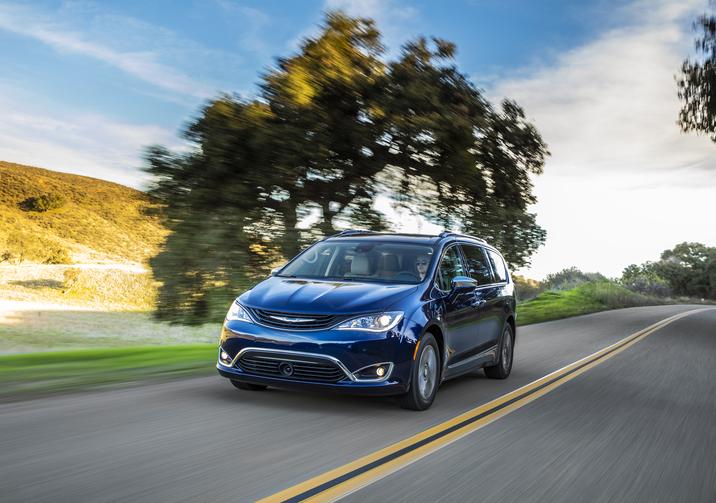
Fuel Economy: This is one of the most talked about and one of the biggest selling points of some vehicles (more so for Sedans in the past when MPG numbers were significantly better compared to SUVs and Crossovers). What does this have to do with practicality? Simple. Trunk (or “boot”) shape.
Because we’re constantly demanding for higher fuel economy, automakers are resorting to more and more aerodynamic wizardry to give us what we want. One of the ways you achieve this is by going the way of (what some call) the “jellybean” route. Let’s take the Dodge Dart for example.
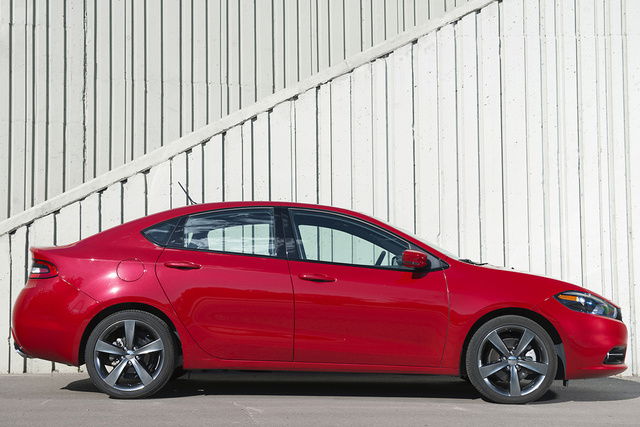
Truthfully: I don’t know the full reasons why automakers are going this route. I can understand pulling the front end down to decrease the amount of “resistance” towards the incoming air. However, I don’t quite understand why some are making the rear of the car as short as it is. What I do know is by doing this they’re reducing the amount of trunk space in the car. Of course clever packaging matters, yet this still doesn’t help when it comes to getting in all those groceries or your friend’s luggage after a surprise trip to Hawaii they didn’t tell you about. This “jellybean” design that some seem to be making the change to does have an effect on the efficiency on your vehicle. At what cost though? The cost of luggage space.
This is where CUVs have another advantage. With the advancements in active aero and other assorted trickier (underbody cladding being one of them), CUVs are achieving excellent MPG numbers for their size. This is possible whilst not diminishing the cargo capacity of the vehicle. Thus giving the consumer one more thing to contemplate in their decision whether or not they want to get a Sedan or not. Consumers wanted higher MPG numbers and the automakers gave it to them. Yeah, some Sedans do have higher MPG numbers than CUVs. The truth is they’re just not high enough though. Not enough to offset what that MPG cost them in the long run.
As stated before. Now more than ever, CUVs make sense. They’ve become the logical choice in consumers’ minds. You can get a fun, practical, efficient, inexpensive and relatively fast CUV for the price of a Sedan. All those things I just mentioned were things that were once exclusive rights to Sedans. Practicality was a strong suit of the SUVs and larger vehicles yes. However, that was about the only reason you’d get an SUV this side of needing a tall 4x4 to conquer rough weather.
“Oh but when the fuel prices go up, then the market will go back to Sedans!” Honestly, I don’t really think so. CUVs are so efficient that while yes; some will be making the switch. I don’t think it’ll be enough to make Automakers rush to go back to making more Sedans again. I personally think CUVs are good enough these days that they’d still be a fairly popular choice even when the fuel prices inevitably go back up again.
Fuel Economy aside, CUVs are also bigger than Sedans giving designers more freedom to incorporate small, practical cubby holes. This appeals because consumers; messy or not, like the idea of not running out of room to stuff their belongings in. Even if the extra storage room doesn’t always sell one car over another, it’s a nice perk and can be a selling point for some.
“Are we doomed to a life of CUVs then?” Maybe not: Cue Toyota.
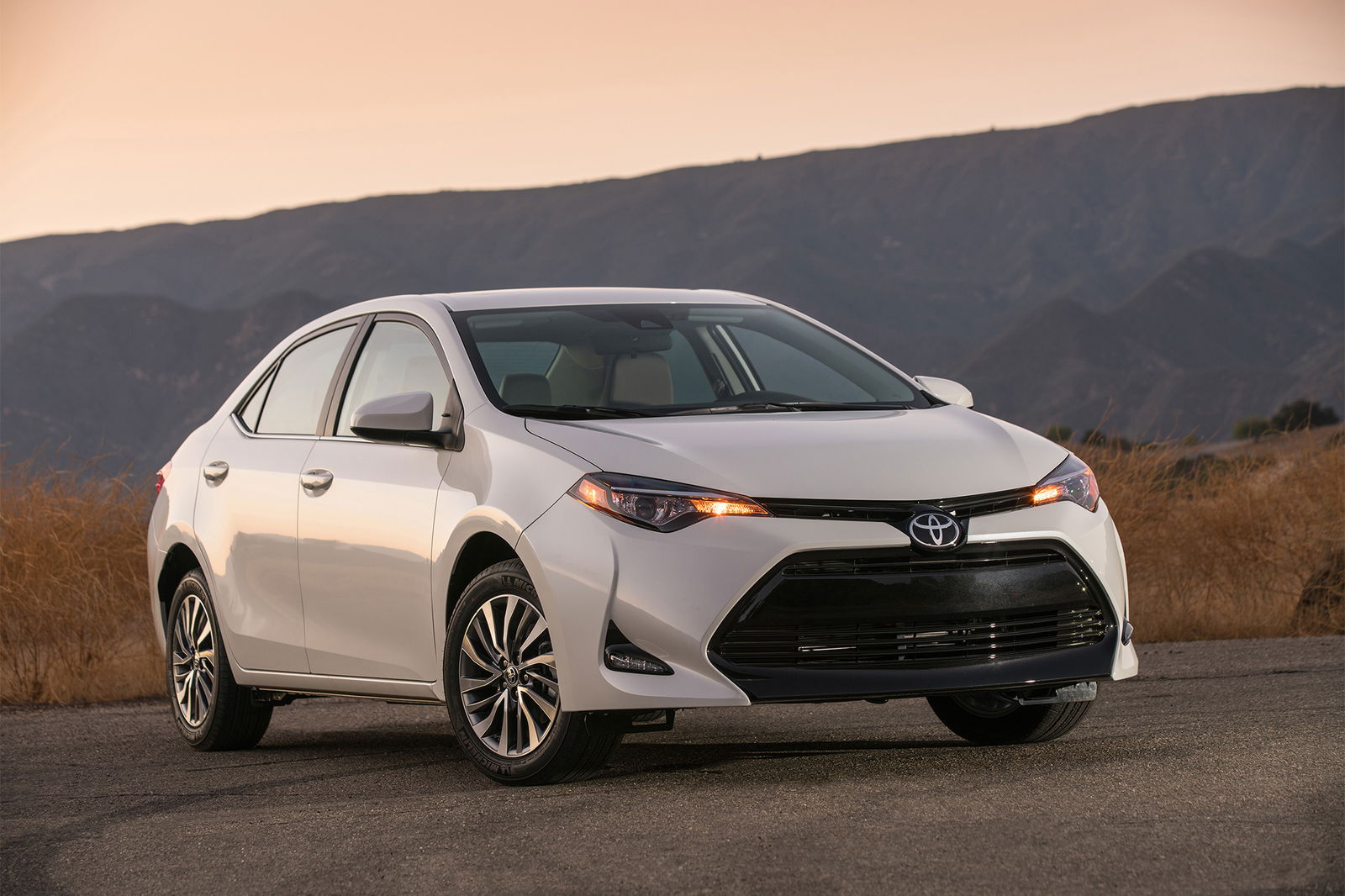
The Sedan market is Toyota’s (and Honda’s) bread and butter, they love this segment. They have good recognition in this segment from the Accord and Camry (don’t forget the Corolla and Civic). They have good brand loyalty (somewhat blindly at that) and had very good sales in this segment. Compact and Mid-size is where Toyota and Honda shine because it’s basically their segment (like the Minivan is for Chrysler). To watch the segment die out slowly isn’t what they want.
Yes, the Accord (and equivalent vehicles for Toyota) do bring people in only to buy their CUV or Crossover offerings. While not terrible, they still want people to buy the cars they can’t help but practically drool over when it comes to making them. This is why Toyota is marketing the new Camry as a far more sporty model compared to the Camry’s of yore (to go along with their more driver-focused chassis setup as well). This is also why Honda is being more daring with the new Accord’s design. They’re trying to get people interested in Sedans again to bump up their sales. If any two automakers could bring up the sales in the sedan market its Toyota and Honda.
With this being said, we need to discuss the elephant in the room.
Dodge.
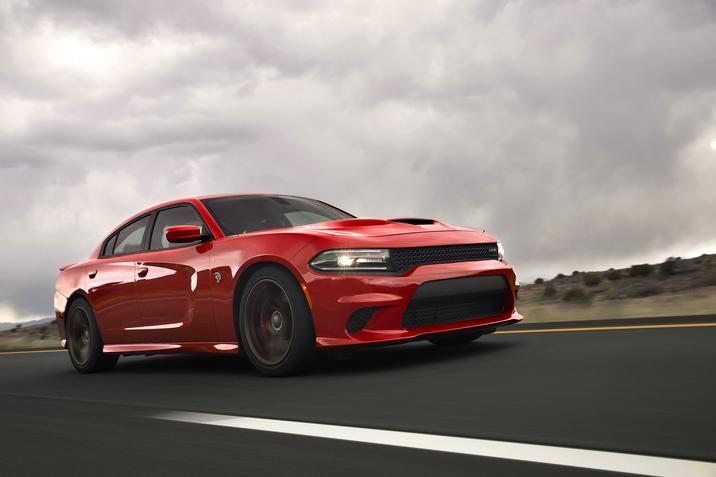
Despite what I’ve been saying about the sales of Sedans falling, Dodge has actually been getting increased sales for the Charger defying the market trend. In fact, the Charger is selling so well that it beat out the combined total sales of Chevrolet’s Impala, SS and the Caprice Police Pursuit Vehicle. This hasn’t just been happening for one month either. The Charger is beating the three full-size Chevys in the first seven months of sales this year alone.
The story gets better though. The Charger also outsold the combined total of the Ford Taurus and Ford Police Interceptor Sedan. Not only this, it outsold the combined total of all* the large Ford and** Lincoln cars. Talk about being the popular one.
However, that isn’t to say Chevrolet isn’t getting good sales either. While the Chrysler 300 did beat the Impala and Taurus for sales in July, Chevy has the advantage in total deliveries for the first seven months this year. The only way GM can win against Dodge in this fight is through Cadillac. With the XTS, Cadillac was the best-selling full-size Sedan in July, beating out the Charger by 78 sales. Even still, GM would only be ahead of year-to-date (from the beginning of the year to the current date), GM’s only ahead by 317 sales. Keep in mind that the article I used to get the Charger’s sales information from (the site being Allpar: https://www.allpar.com/) is a little bit old. The sales figures have easily changed by now. With that being said, my point still stands.
Dodge still made out like bandits though. With the Charger and 300 combined, they are (possibly were, the number might’ve increased) 7,380 deliveries ahead of GM’s full-size total.
“Why is it that the Charger is absolutely dominating in sales? I don’t quite understand that.” Don’t fear, for my explanation is here. Remember how I was saying that Sedans don’t have any real benefits to CUVs anymore? That they weren’t relevant to make people choose a Sedan over a CUV?
Well, the Charger has a relevant difference. It’s RWD and it has a V8. Think about it, in a world where most Sedans are either FWD or have AWD as their most exciting (and practical) driveline, the Charger is like the cool guys family Sedan. Not conforming to Society’s idea of what a family Sedan should be. The Charger is big, it’s brash, and it’s not apologetic for it. The Charger has a tangible difference to all those other Sedans by being unique and having character. Rather than being an appliance that gets you from A to B. RWD may sound like a subtle difference, one that’s not going to be the difference between a CUV or a Sedan. That’s just it though practically everything is FWD or AWD these days.
While there isn’t anything wrong with either driveline, RWD just feels different. A V8, RWD Sedan feels like a Muscle Car. Like a 4-Door Coronet 440 back in the 60’s.
Americans like their big, full-size Sedans. The Charger just feels more like the ones we used to have back in the “Good ol’ days.” Like a powerful car that could also haul the kids to school with them screaming and grinning faces when you smoke the tires at a set of lights. The Charger is the easiest way to get a V8 car that just happens to be a four-door Sedan. All at an affordable price too (not to sound too much like an advert). Of course, the H-Cat has helped with media exposure and thus has brought the Charger back into the public more than before.
Think about it. Not only is every affordable Sedan FWD, every affordable CUV and some SUVs (Traverse and Ford Explorer come to mind) are FWD, the Charger gives you the chance to taste a new flavor. Without completely breaking the bank and sacrificing the needs of everyday living, to get RWD you’d either have to get a Pickup truck, a Dodge Durango or a Dodge Challenger (while it does have good rear-seating for a two-door car, most people would still rather have the two extra doors). That puts the Charger in a unique spot in the marketplace. While the Durango isn’t necessarily expensive, it’s more vehicle than some require. The Charger gives you the opportunity to buy a V8, RWD Sedan without having to fork up your leg and a kidney in order to get one. For dealers, that can be a selling point. For consumers, that’s a big enough advantage to make them choose a Charger over a CUV.
The End: Conclusions.

For those having a hard time grasping all that they read, here’s a summary.
Summary for the Sedans of yore: Sedans used to be more popular because they had significant advantages over SUVs and Crossovers. They were better to drive, faster, more efficient, cheaper and less expensive.
Summary of when and why things changed: Things changed when automakers started to put more and more emphasis on wind tunnel usage. What I mean is they’d allow the wind tunnel to dictate more of the design of Sedans, making them more aerodynamic whilst hurting interior headroom in the rear. Add to this the advancements in CUVs (prices lowering, engines being more competitive, fuel economy becoming far greater than before, driving dynamics being as far better than before etc) and you have the perfect recipe for a paradigm shift in the market.
Summary on the current state of Toyota and Honda:The Camry, Corolla, Accord and Civic are what bring people into the dealership initially. After spending some time at the dealership, people end up leaving with whatever CUV Toyota and Honda have instead. This is bad for the Sedan segment. Because that segment is Toyota and Honda’s Bread and Butter. In order to bring some interest back into the segment, they’re trying to be more radical, Honda by making more exciting designs and Toyota with more involving (to drive) cars. Although, there has been news that Toyota is going to be more daring with their designs as well.
Summary of Dodge:While others are seeing some losses, Dodge is actually seeing gains. Outside of the buzz the H-Cat has created and the increase in marketing (more commercials), Dodge has a unique product in the marketplace that other automakers could only dream of an affordable, RWD, V8 family Sedan. This can be (and is in the right hands) a selling point for dealers and a point not to be taken lightly for buyers. This appeals in a world where most affordable cars are FWD or AWD. It’s a difference that’s relevant. One that’s prominent enough to make a fair few people pick a Charger over its CUV brethren.
Thanks for reading! Hope this sheds some light on the shift from Sedans to CUVs. If you have any comments, then do please tell me down below and I’ll get back to you. Hope you enjoyed the read.
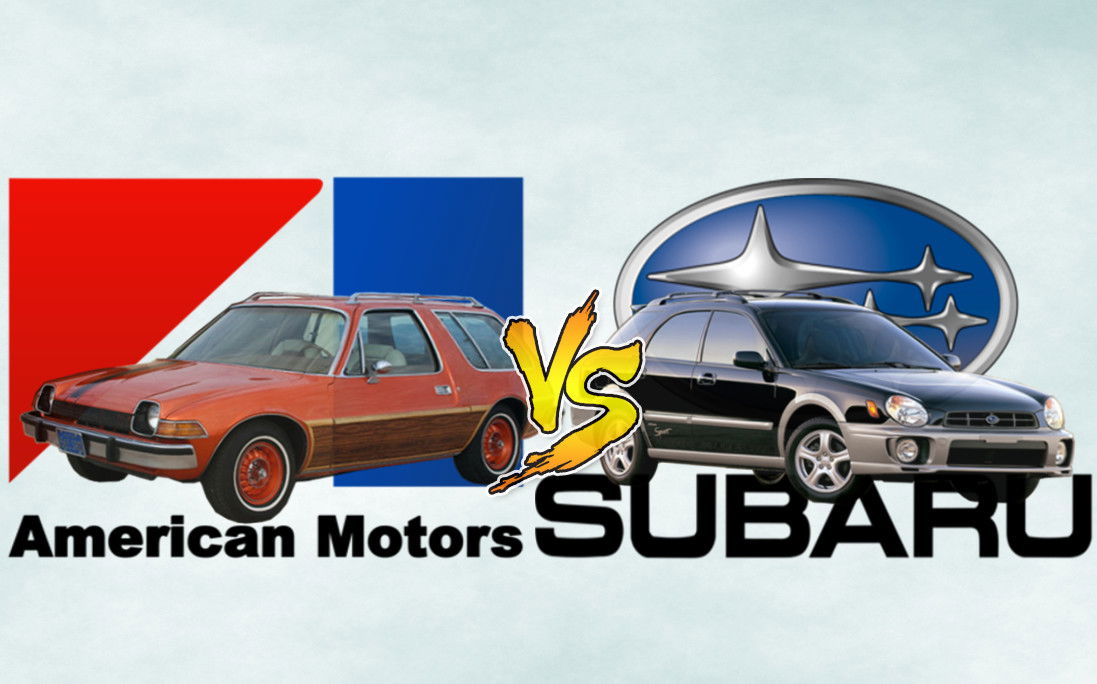
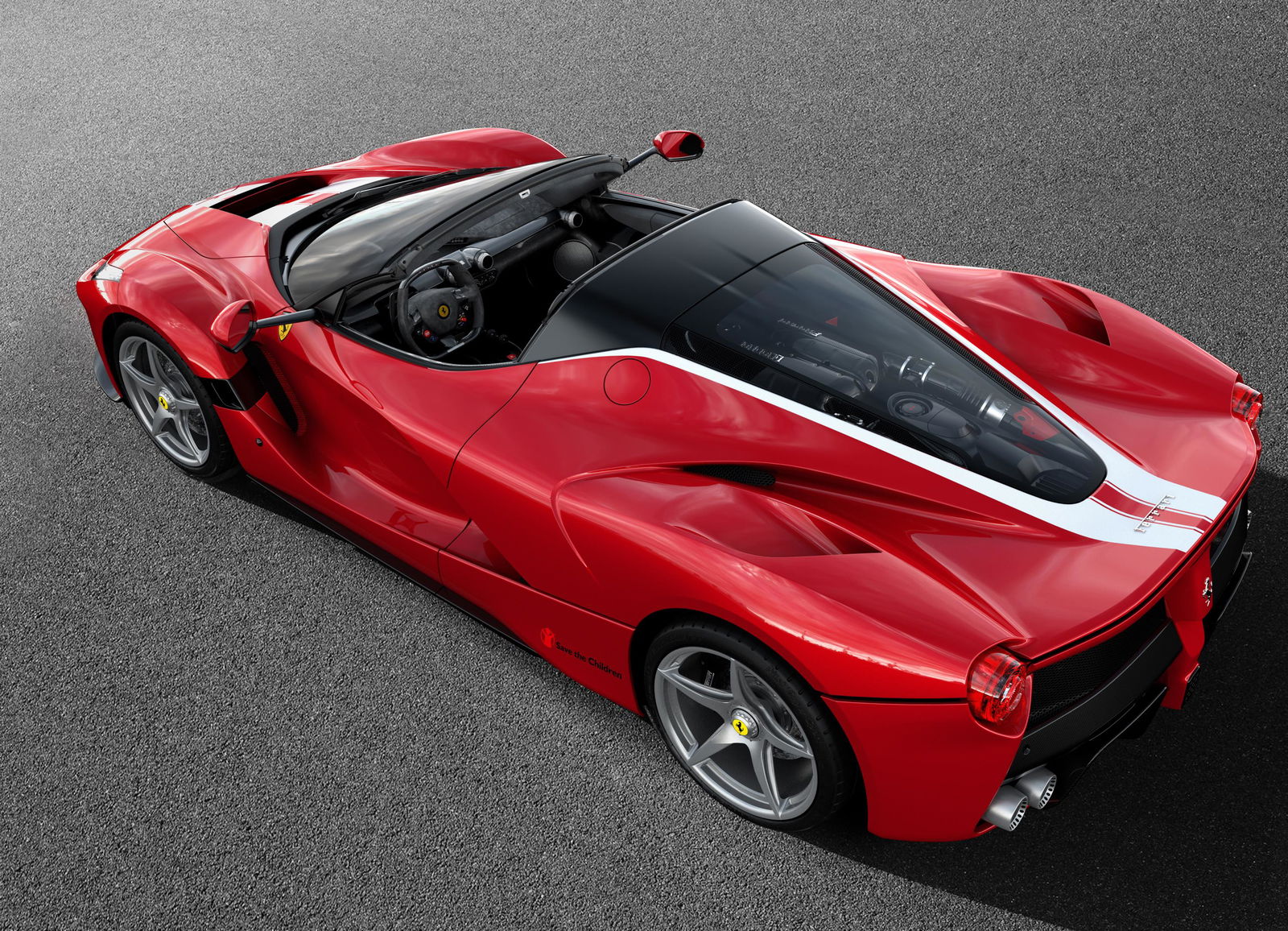
Comments
I HATE Cross overs and SUVs
But even more the American naming sistem. It ain’t a CUV it’s a cross over, and cross overs are Q2 and GLA, GLC and Q3 are small SUVs, Q5 and GLE are normal SUVs and Q7 and GLS are Big SUVs. Note not full size, but BIG SUVS
Interesting findings
Also I DISAGREE WITH EVERY POINT. SUVS ARE WORSE IN EVERY SINGLE WAY. PEOPLE BUY THEM BECOUSE THEY ARE COOL. THAT’S IT. THE END.
Death to all CUVS
Where to start here…
1) Crossovers ARE CUVs, CUV is a crossover utility vehicle it was coined for the SUV link.
2) The reason for current CUV market has little to do with sedans and everything to do with CAFE regulations and the death of station wagons.
Once upon a time wagons were very popular due to their ability to haul stuff while retaining normal sedan driving characteristics, however being rather large they were quite heavy so they required some power to move well on a highway, this is where the likes of LT1 Roadmasters come from.
Enter CAFE regulations that prompted auto makers to downsize engines, now your big comfortable 4000lb wagon would struggle to join the highway and once on one would rev like a race car. So the cars got worse but people’s needs and wants didn’t change.
Enter body on frame SUV, since they were built on truck chassis and classified as such they were exempt from CAFE standards and thus got actual engines with actual power. However SUVs weren’t all that comfortable, they were after all, pick up trucks underneath and thus handled and rode like one.
Enter CUV, they have all the benefits of an SUV but none of the drawbacks, they drive like cars being based on a car chassis and most have an option of AWD for those in harsher climates where it might help.
And no sedans aren’t going to come back as the most popular type of car, they simply can’t do everything a cross over can. There will be outliers like the Charger or the M cars that will be popular with a certain type of consumer but for the majority CUV is the choice they made.
Lets compare an estate against a CUV/ Crossover. BMW 320d xDrive Touring vs BMW X3 xDrive20d, both with the regular auto. We all know the 3 series handles better, and is more fuel efficient. Boot space (and human space) is very similar, but loading things into the 3 series boot is easier, thanks to having a lower tailgate. And 3 series is 3000 euros cheaper than the X3. Comfort? Ride comfort? Both about the same. And if you add metallic paint and 19 inch wheels to the base model X3, it ends up costing the same as a BMW 520d Touring. Which is more spacious than the X3 for occupants, has a smoother ride, handles better, etc.
Crossovers are just a dumb trend which will die sooner or later, just like the fins on 1950’s American cars. And before someone says SUVs/ Crossovers have been growing in popularity since 2001, much more than a decade, and are still popular, please take into account that after the 50’s, fins were still on lots of American car, just with smaller fins. Look at the 1966-1970 Cadillac Fleetwood 75 for proof
First of, great Blog post, I enjoyed reading it. You’ll see, I happen to be owning for a little over a year now a 1st gen Ford EcoSport (even made a meme about today lol). It was sold only in South America and became a best seller in 5 countries, even the Caliber was a best seller in Venezuela (they’re everywhere) and it was a little strange to see it being called a CUV, always thought of it as a “hatchback that looks like a sedan”, similar to the current gen Civic.
Now, if you compare the first EcoSport agaisnt the current one and you’ll see that it was way more rugged looking, approach angles are much like an off road vehicle, it’s got a high seating position and it has a much higher water crossing clearance, it was available as FWD (mine) and 4WD.
I’ve been daily driving it more lately and got why they’re so appealing: it’s hatchback practicality in SUV form:
-the seating position puts me at par with bigger cars.
you made these points and pretty much I confirm it first handed.
believe it or not, I’ve enjoyed
Really in depth. Nice post. Enjoyed reading it
Good writeup. In my country, while small sedans and hatchbacks are still common, but then SUVs are on the rise these days. IMO the SUV and large CUVs is a really great choice for a cruiser, not only because of most of it’s perks, and also, not to mention, it’s higher suspension can be really useful to bad roads (it’s everywhere in Malaysia).
Personally, I actually think that SUVs and large CUVs aren’t that useless at all. Small CUVs, however, it’s pointless. (Except some, ofc)
Excellent write-up! Pieces like this make Car Throttle what it is, love it.
Pagination